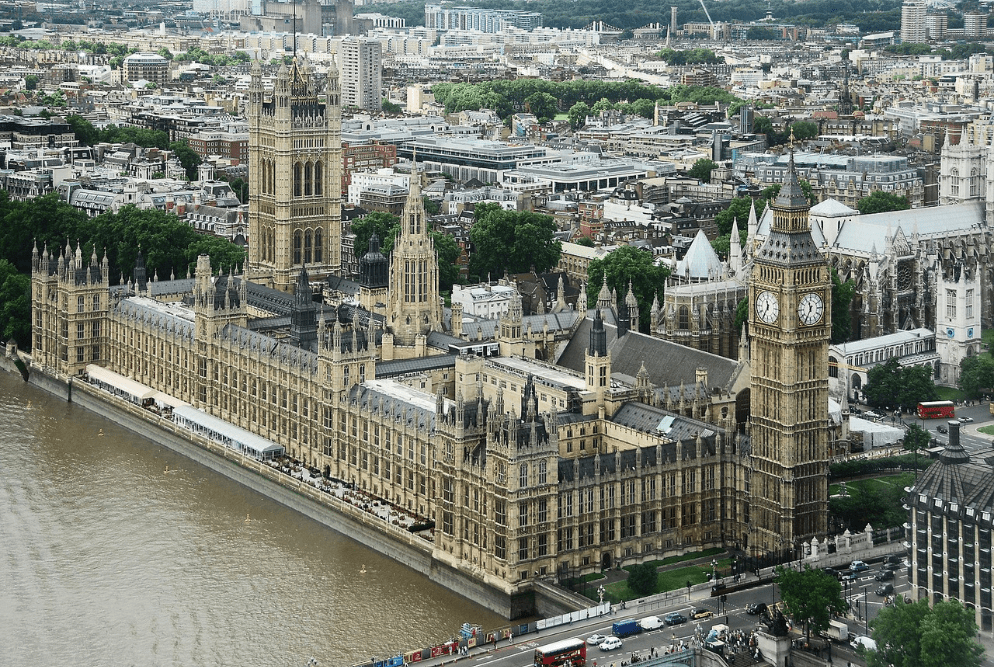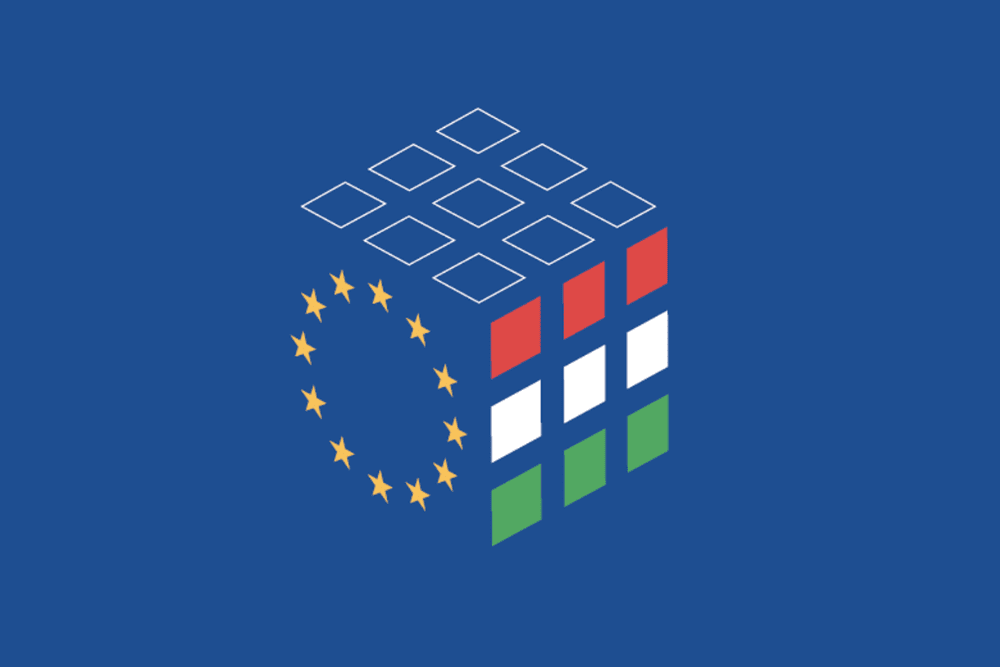The first lorries entered the Gaza Strip from Egypt through the huge gate at the Rafah border crossing on Saturday. Tons of aid had been piling up for days waiting for passage to the Palestinian enclave, where the population lacks everything.
Humanitarian aid has finally entered the Gaza Strip after a fortnight of total siege. At mid-morning local time on Saturday 21 October, Egyptian television began broadcasting images of lorries coming from Egypt through the Rafah crossing, the only opening into the Palestinian enclave that is not in Israeli hands.
Twenty trucks convoy that passed through the Rafah border crossing with Egypt includes life-saving supplies provided by the Egyptian Red Crescent and the UN. 36 empty semi-trailers enter the terminal in the direction of Egypt from Palestinan side, in preparation for loading aid. Hamas confirmed also on Saturday morning the entry of a convoy of twenty vehicles carrying medical aid and food from Egypt.
“I am confident that this delivery will be the start of a sustainable effort to provide essential supplies – including food, water, medicine and fuel – to the people of Gaza, in a safe, dependable, unconditional and unimpeded manner,” Mr. Griffiths said in a statement published on his official account on X, formerly Twitter.
Tonnes of aid have been piling up for days waiting for a crossing into the Hamas-controlled Palestinian enclave. Some 175 full lorries are massed at Rafah awaiting the opening of the crossing point. The 2.4 million Gazans, half of them children, have been surviving without water, electricity or fuel since Israel imposed a “total siege” following the Hamas attack on 7 October and the outbreak of war.
Technically, the aid is first inventoried by the Egyptian Red Crescent, which then hands over its papers to UNRWA, the United Nations agency for Palestinian refugees, which is responsible for distributing aid in the Gaza Strip.
This “first convoy must not be the last”, was the UN’s immediate response, calling for a “sustained effort to provide essential goods”, and in particular “fuel” to the people of Gaza, “in a secure, unconditional and unimpeded manner”. From Cairo, where he is taking part in an international “peace” summit without a senior American leader, UN boss Antonio Guterres followed up by calling for a “humanitarian ceasefire” to “put an end to the nightmare”. “The people of Gaza need much more, a massive delivery of aid is necessary”, he added. The United Nations estimates that the Gazans need at least 100 lorries a day. Even before the war, 60% of Gazans were dependent on international food aid.
According to the Egyptian media, the food and medical aid delivered does not include fuel. Antonio Guterres said on Friday that it was “essential to have fuel” on the Palestinian side to be able to distribute aid to Gazans. It is these fuel shipments that are of greatest concern to Israel, which has imposed a strict blockade on the Gaza Strip for 16 years, particularly on goods that could be used to manufacture weapons or explosives. For the UN boss, the aid trucks “are a lifeline, the difference between life and death for many Gazans”.
The Director-General of the World Health Organization (WHO) also announced that medical supplies from the agency had crossed the border “but the needs are far higher.”
Posting on X, WHO chief Tedros Adhanom Ghebreyesus stressed the need for safe passage of additional convoys, protection of all humanitarian workers, and sustained access for health aid.
In a statement, WHO said that hospitals inside Gaza have already reached breaking point due to shortages and depletion of medicines and medical supplies, which are a “lifeline” for injured persons or those battling chronic and other illnesses.
Photo ONU/Eskinder DebebeL’aide humanitaire est bloquée près du poste frontière de Rafah, en Égypte, depuis le 14 octobre 2023.












